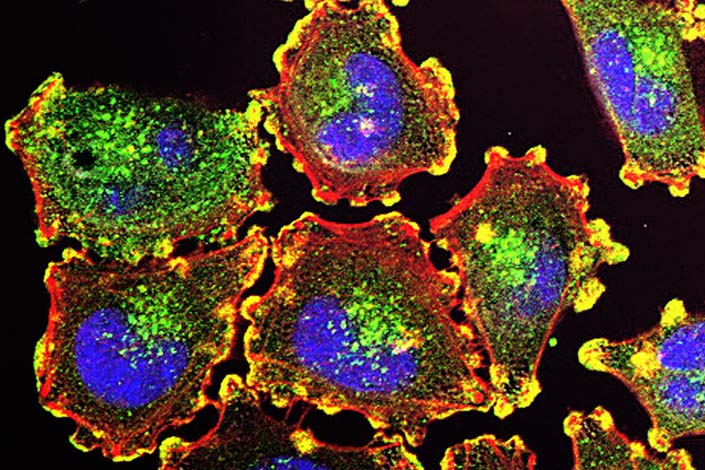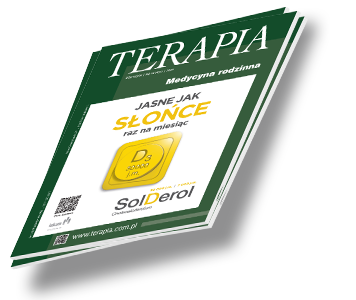Nowotwory skóry Terapia 2022, 6 ( 413 ) : 6 - 13
Immunoterapia w leczeniu chorych na zaawansowane czerniaki
Immunotherapy in the treatment of patients with metastatic or locally advanced/unresectable melanoma
Wprowadzenie do leczenia zaawansowanego czerniaka immunoterapii było prawdziwą rewolucją i wraz z leczeniem celowanym inhibitorami BRAF/MEK udało się kilkakrotnie wydłużyć mediany czasu przeżycia całkowitego chorych leczonych paliatywnie. Wykazano także poprawę wyników leczenia u pacjentów otrzymujących immunoterapię w ramach leczenia uzupełniającego po zabiegu chirurgicznym w czerniakach o wysokim ryzku nawrotu choroby. W poniższym artykule przedstawiono wyniki badań nad skutecznością przeciwciał anty-PD oraz anty-CTLA-4 w leczeniu chorych na miejscowo zaawansowanego/nieresekcyjnego, przerzutowego czerniaka. Informacje dotyczące leczenia okołooperacyjnego przedstawione będą w osobnym artykule.

Zaloguj się i przeczytaj bezpłatnie całą treść artykułu.
Nie masz jeszcze konta dostępowego?
Zarejestruj się bezpłatnie, a otrzymasz:
* dostęp do wszystkich doniesień oraz pełnych tekstów artykułów naukowych w naszej Czytelni,
* prawo do bezpłatnego otrzymywania newslettera "Aktualności TERAPIA" z przeglądem interesujących i przydatnych wiadomości ze świata medycyny oraz systemu ochrony zdrowia w Polsce i na świecie,
* możliwość komentowania bieżących wydarzeń oraz udziału w ciekawych quizach i konkursach.
Zapraszamy serdecznie, dołącz do naszej społeczności.



Dodaj komentarz